Shrimp markets and demand have not expanded at the same pace as production
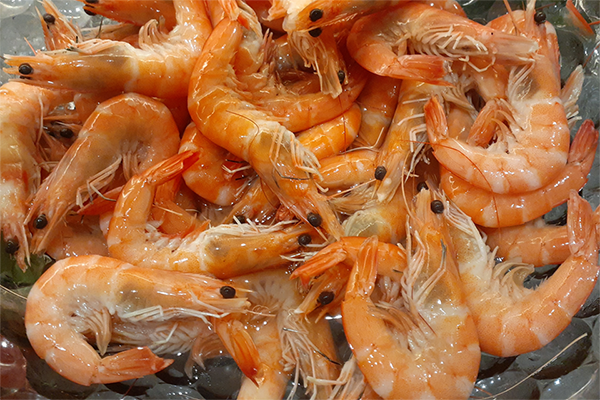
All meat-producing industries – including seafood – can go through business cycles, recurring ups and downs due to diverse reasons including diseases, economic conditions, changes in market demand and others. In this respect, the global farmed shrimp sector is mostly not different although one distinction can be mentioned.
How is the shrimp industry different to other meat-producing industries? The spectacular production expansion in recent years by mostly Ecuador and a few other countries. Per Ecuador’s National Chamber of Aquaculture, recent shrimp export data from January to October show an increase in volume and value of 19 and 31 percent, respectively for 2021 vs. 2020; and 32 and 43 percent for 2022 vs. 2021.
Since 2001, production has grown at between 7 and 34 percent annually, and on average, doubled its exports every 2.5 years during the last decade. In 2021, Ecuador produced about 20 percent of total global farmed shrimp production and is reportedly on track to surpass this volume in 2022. And in Asia, the shrimp farming industries of India, Vietnam and Indonesia have also experienced very significant growth in the last decade, although not as spectacularly as Ecuador. Other countries also have significant potential to continue increasing their farmed shrimp production, including Brazil and Venezuela.
There’s no question that the industry can produce vast and increasing amounts of farmed shrimp, considering continued and significant advancements in genetic improvements, nutrition, health management and other areas, as well as the short life cycle for farmed shrimp that permits relatively fast responses to changing market conditions. But the bigger question is whether current markets absorb this production.
But there are signs of a possible downturn due to decreasing prices, global inflation and a potential recession, as well as economic uncertainty in the main export markets. And there are reasons for concern as reportedly shrimp farmers in several countries are reluctant to maintain stocking rates or even stock their ponds at this time, suggesting lower production in at least the earlier part of next year, with possible global export contractions.
So it appears there is a disconnect, as global shrimp markets and demand have not expanded at the same pace production has. Several reasons can be posited, including the serious consequences of the recent global pandemic and its effects on the global economy, supply chains and economic and industrial growth and trade. Eventually, we will overcome these consequences, but what about addressing demand?
Increasing market share in the growing fast-food sectors is key to expanding shrimp demand and consumption.
Expanding demand for farmed shrimp must involve all stakeholders in the value chain, comprising producers and marketers, and everybody in between, by engaging ancillary industries like feed and equipment manufacturers and other suppliers of various materials and services.
Overall, shrimp products need to be affordable – competitively priced to end consumers compared to other meat alternatives like other seafood, poultry or beef. The industry also needs to offer consistent availability and quality, as well as more, novel value-added, “convenient” products. Increasing market share in the growing fast-food sectors is key to expanding shrimp demand and consumption. Shrimp can and should increase its presence in the domestic markets of many countries, and India’s recent initiatives in this regard are to be commended.
Gaining access to new generations – which have demonstrated a stronger mandate for environmental responsibility and healthful foods – and making them repeat consumers is also critical, as is continued innovation along the entire production and marketing chain. Meeting increasing consumer expectations regarding wholesomeness, sustainability and responsibility is crucial, and appropriate certification is an increasingly valuable tool to achieve these goals.
The shrimp industry has significant potential to expand global production and to reach millions of more consumers on a regular basis through responsible intensification and improvement of production technology and procedures. But first and most crucial, markets must be able to cost-efficiently absorb this production, and every component of the value chain must benefit, not just portions of it.
Follow the Advocate on Twitter @GSA_Advocate
Now that you've reached the end of the article ...
… please consider supporting GSA’s mission to advance responsible seafood practices through education, advocacy and third-party assurances. The Advocate aims to document the evolution of responsible seafood practices and share the expansive knowledge of our vast network of contributors.
By becoming a Global Seafood Alliance member, you’re ensuring that all of the pre-competitive work we do through member benefits, resources and events can continue. Individual membership costs just $50 a year.
Not a GSA member? Join us.
Author
-

Darryl Jory, Ph.D.
Editor Emeritus
Global Seafood Alliance
Tagged With
Related Posts
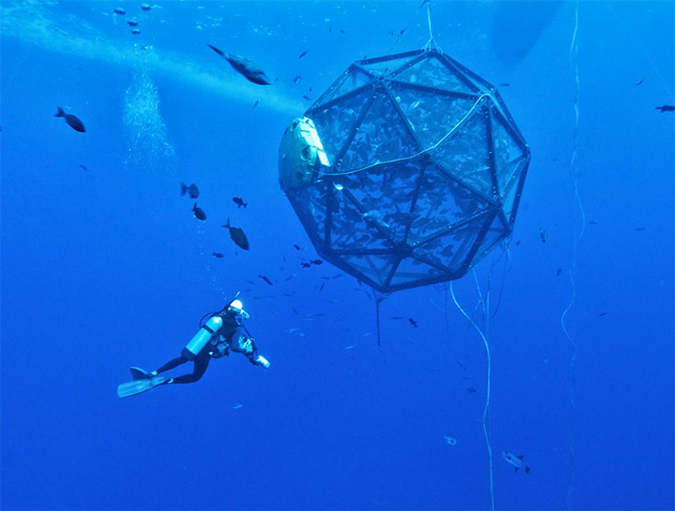
Innovation & Investment
Opinion: America needs another revolution
The Ocean Stewards Institute responds to a critical article in The Hill over and argues that offshore aquaculture is the food revolution America needs.
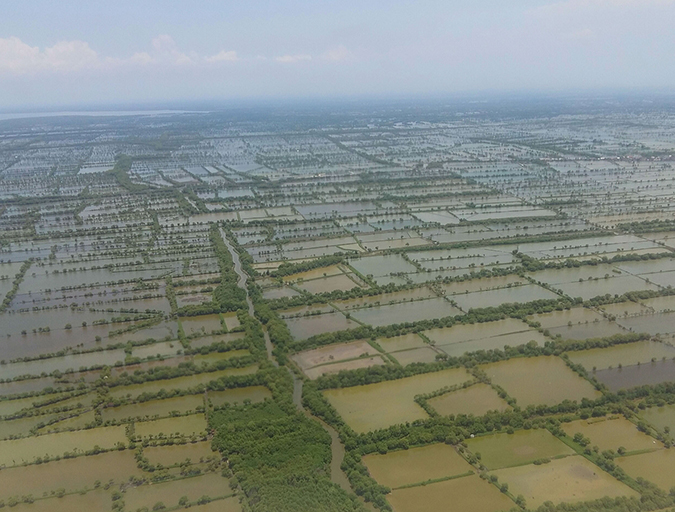
Responsibility
Opinion: Aquaculture’s way forward is to embrace zonal management
The idea that fish farms’ health and safety are interconnected is not new. Even the best-run farms are not protected from diseases or pollution from another farm close by, so further measures are necessary, argues Anton Immink of Sustainable Fisheries Partnership.
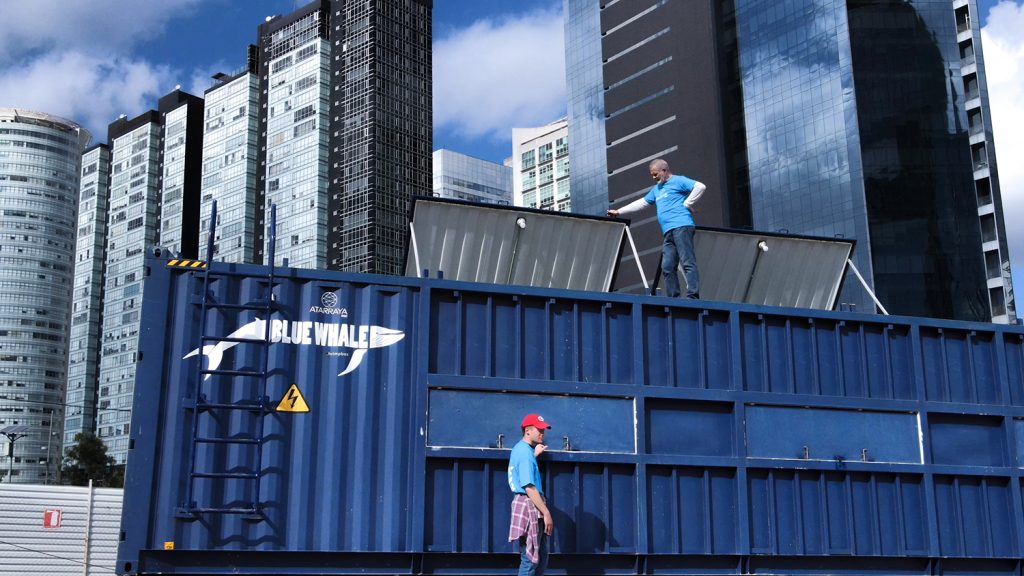
Innovation & Investment
‘Plug-and-play’ shrimp farm inventor out to prove that Shrimpbox is more than just a neat idea
Is Atarraya’s AI-enabled, biofloc-based Shrimpbox, one of TIME Magazine’s top inventions of 2022, a game-changer for urban shrimp aquaculture?
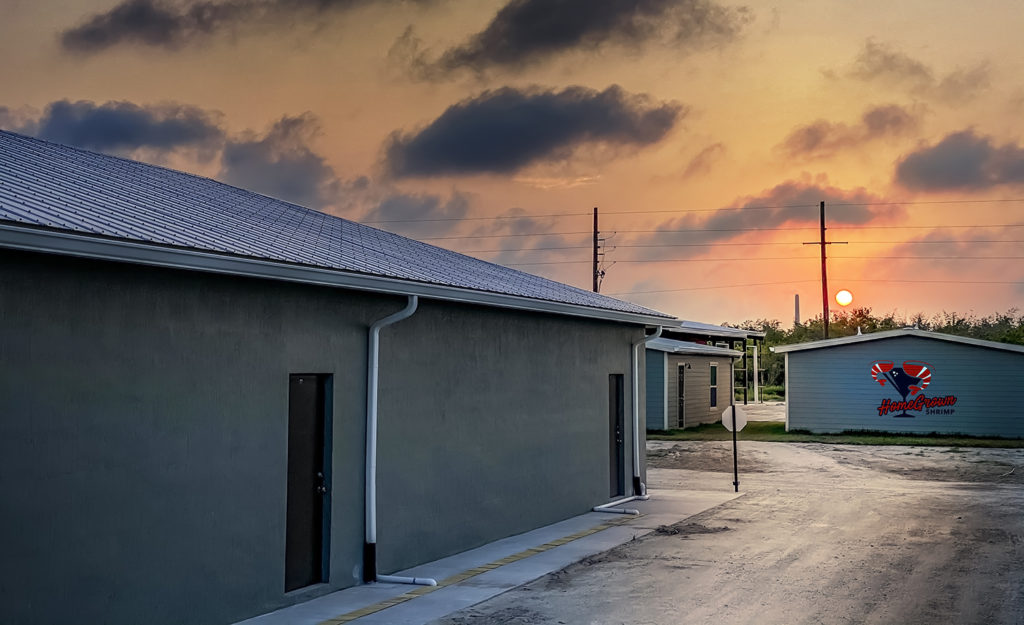
Innovation & Investment
Robins McIntosh: Florida RAS shrimp farm the first of many
CP Foods’ Robins McIntosh is turning a 40-acre site in Florida into a next-generation shrimp farm, producing 1,000 tons annually with zero waste.


